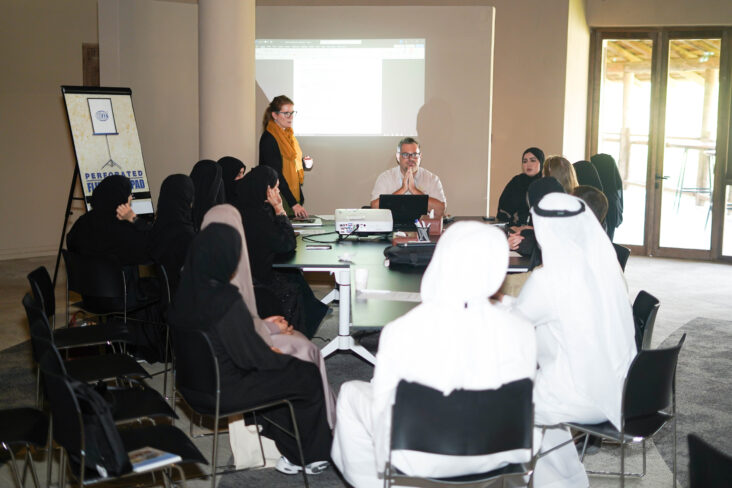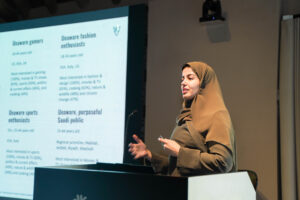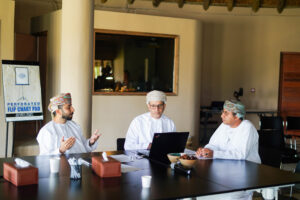Sharjah’s Arabian Leopard Conservation Strategy Conference Continues Into Its Second Day

The Arabian Leopard Conservation Strategy Conference, organised by the Environment and Protected Areas Authority (EPAA) at Sharjah Safari, entered its second day with distinguished support from the IUCN Cat Specialist Group. Bringing together experts in Arabian Leopard conservation, researchers, and policymakers, the conference is set to conclude on Wednesday.
Review and Update of the Strategic Conservation Plan
On the second day, participants engaged in focused discussions to review and update the strategic vision and goals for Arabian leopard conservation. Future objectives were identified in light of current developments, and environmental challenges were carefully analysed. These discussions are laying a solid foundation for unified regional and international efforts to protect the critically endangered Arabian leopard and are paving the way for comprehensive actions to ensure the species’ survival.
Positive and Productive Collaboration
Her Excellency Hana Saif Al Suwaidi, Chairperson of the Environment and Protected Areas Authority (EPAA), highlighted that the second day of the conference featured a key session focused on developing and applying the Logical Framework (LogFrame) methodology. This approach proved to be an essential tool in fostering productive collaboration among stakeholders, aimed at enhancing efforts to protect the Arabian leopard, which is facing extinction in the Arabian Peninsula. Al Suwaidi noted that participants demonstrated a strong commitment to establishing a clear vision, precise goals, and a comprehensive analysis of the challenges hindering effective conservation of the Arabian leopard. In addition, the group designed a series of integrated activities and initiatives intended to drive significant progress over the next 10 years.
Sustainable Arabian Leopard Populations as a Strategic Goal
Her Excellency Hana Saif Al Suwaidi emphasised that the workshop dedicated to creating a strategic framework successfully developed a comprehensive vision focused on achieving sustainable populations of the Arabian leopard in its natural habitats. The plan also seeks to ensure harmonious coexistence with local communities across the Arabian Peninsula. The overarching goal is to secure the survival of all known wild populations of the Arabian leopard and establish comprehensive and sustainable conservation programmes over the next 10 to 20 years. This goal is supported by three key objectives: halting further decline in existing populations, maximising genetic diversity through captive breeding programmes, and restoring natural habitats while engaging local communities in areas where the Arabian leopard once thrived.
She also pointed out that these objectives are aligned with specific targets and measurable activities, which will be implemented over the next 3–5 years. These include awareness campaigns, capacity-building initiatives, and training programmes for professionals in this field.
Formation of Specialised Working Groups
The second day of the conference also saw the formation of several specialised working groups to define practical objectives that can contribute to conservation efforts and ensure the implementation of the agreed strategies.



